KCIE™
Kaizen • Change • Innovation • Excellence
KCIE™
Transforming Strategy into Sustainable Excellence
What is KCX™?
KCIE™ is a unified methodology combining Kaizen, Change, Innovation, and Excellence to align strategy, people, processes, and technology, building agile organizations that achieve measurable performance, resilience, and sustainable, award-ready impact.
How it works?
KCIE™ advances through four phases: Diagnose & Design, Implement & Enable, Validate & Recognize, Sustain & Evolve, using PDCA, D³ Change Model, ADKAR, RADAR, benchmarking, and design thinking, mapped to tiers linking strategy, transformation, sustainability.
Why it wins?
KCIE™ wins by turning improvement into culture, uniting mindset, change management, innovation systems, and excellence frameworks to deliver efficiency, engagement, certifications, and recognition, creating organizations that sustain competitive advantage and impact.
Constituent Elements of KCIE™
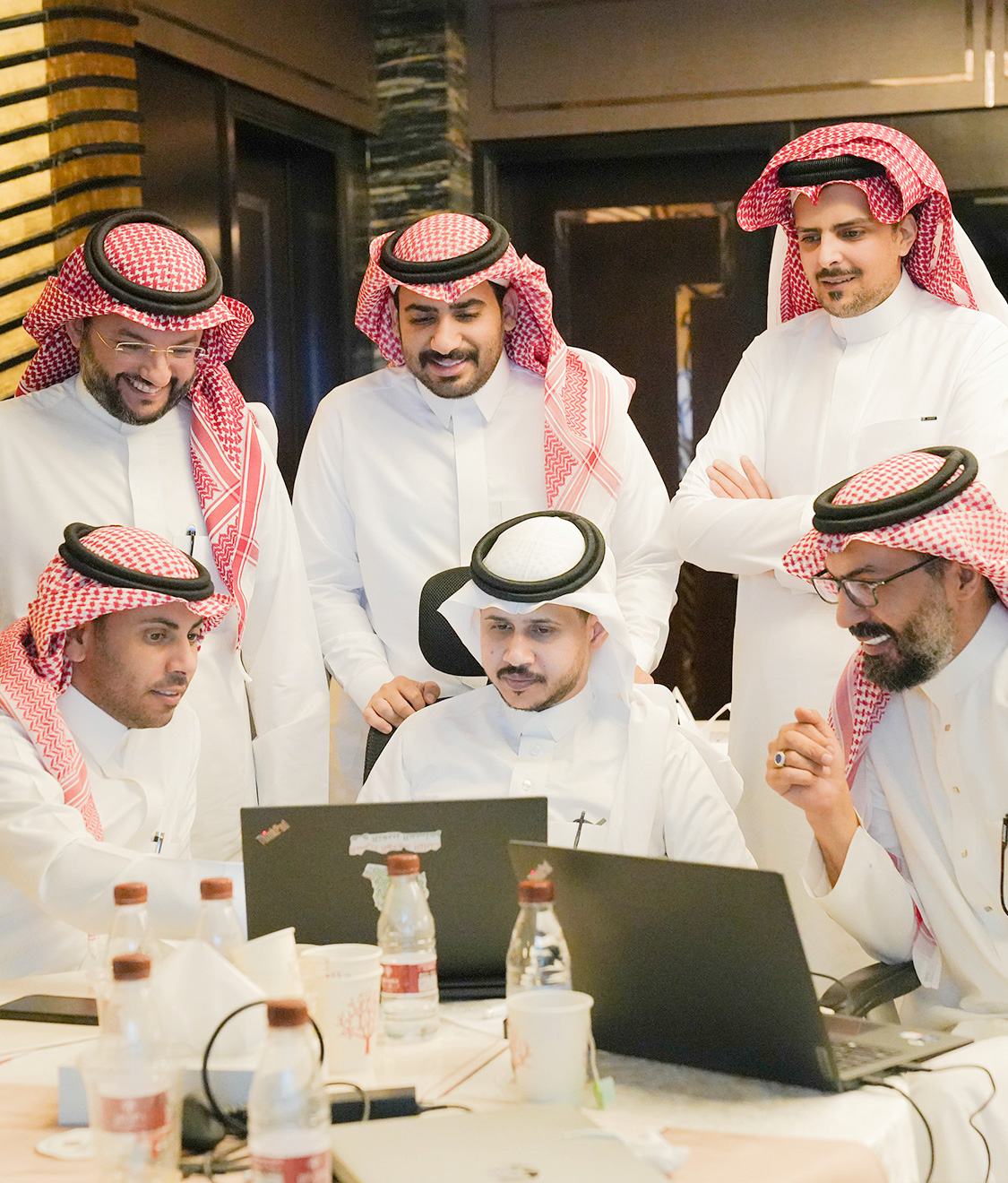
Kaizen Mindset
Kaizen aligns with Tier 1 (Strategic Foundation & Direction Setting) and Tier 3 (Institutional Excellence & Sustainability) in the service portfolio. It supports strategy readiness, model refinement, and total quality management initiatives by embedding continuous improvement within corporate strategy, operating models, and performance frameworks to enhance agility and alignment.
Key tools include PDCA cycles, Kaizen Reviews, and Client Feedback Loops, which foster iterative learning and problem-solving. Expected outcomes include 20–30% efficiency gains, improved engagement, and the establishment of a self-sustaining improvement culture that drives consistency, accountability, and innovation across all organizational tiers.
Transformational Change
Key tools include PDCA cycles, Kaizen Reviews, and Client Feedback Loops, which foster iterative learning and problem-solving. Expected outcomes include 20–30% efficiency gains, improved engagement, and the establishment of a self-sustaining improvement culture.
The Change pillar focuses on driving ownership, adaptability, and readiness through structured change management. It transforms mindsets, builds leadership capability, and enables people and systems to embrace and sustain organizational transformation.
Change aligns primarily with Tier 2 (Organizational Transformation & Change, supporting initiatives in human capital development, leadership programs, and cultural transformation.
Core tools include the ADKAR Model, D3 Change Model, Readiness Assessments, and Psychometric Analysis. These enable systematic change planning and behavioral alignment.
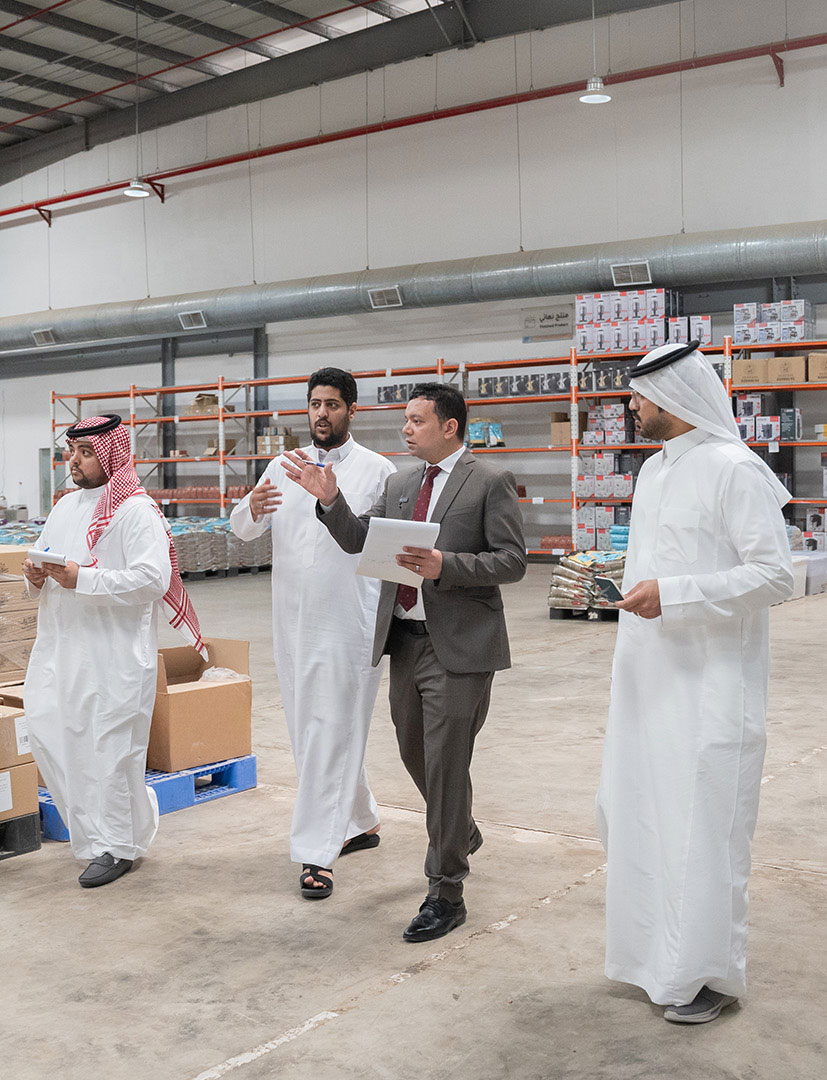
Innovation Engine
The Innovation pillar fuels creativity and progress by redesigning processes, integrating technology, and enabling digital transformation. It empowers organizations to discover new opportunities, enhance competitiveness, and create scalable, future-ready solutions.
Innovation aligns with Tier 1 (Strategic Foundation & Direction Setting) and Tier 3 (Institutional Excellence & Sustainability). It drives business model innovation, process re-engineering, and automation initiatives, ensuring that organizations continuously evolve through data-driven insights, benchmarking, and technology-enabled improvements.
Key tools include Design Thinking, Benchmarking Frameworks (OHI, HDI), and Automation Pilots leveraging RPA and digital platforms. Expected outcomes include a 25–40% reduction in operational costs, enhanced agility, and the creation of scalable, innovation-driven revenue streams that strengthen long-term sustainability.
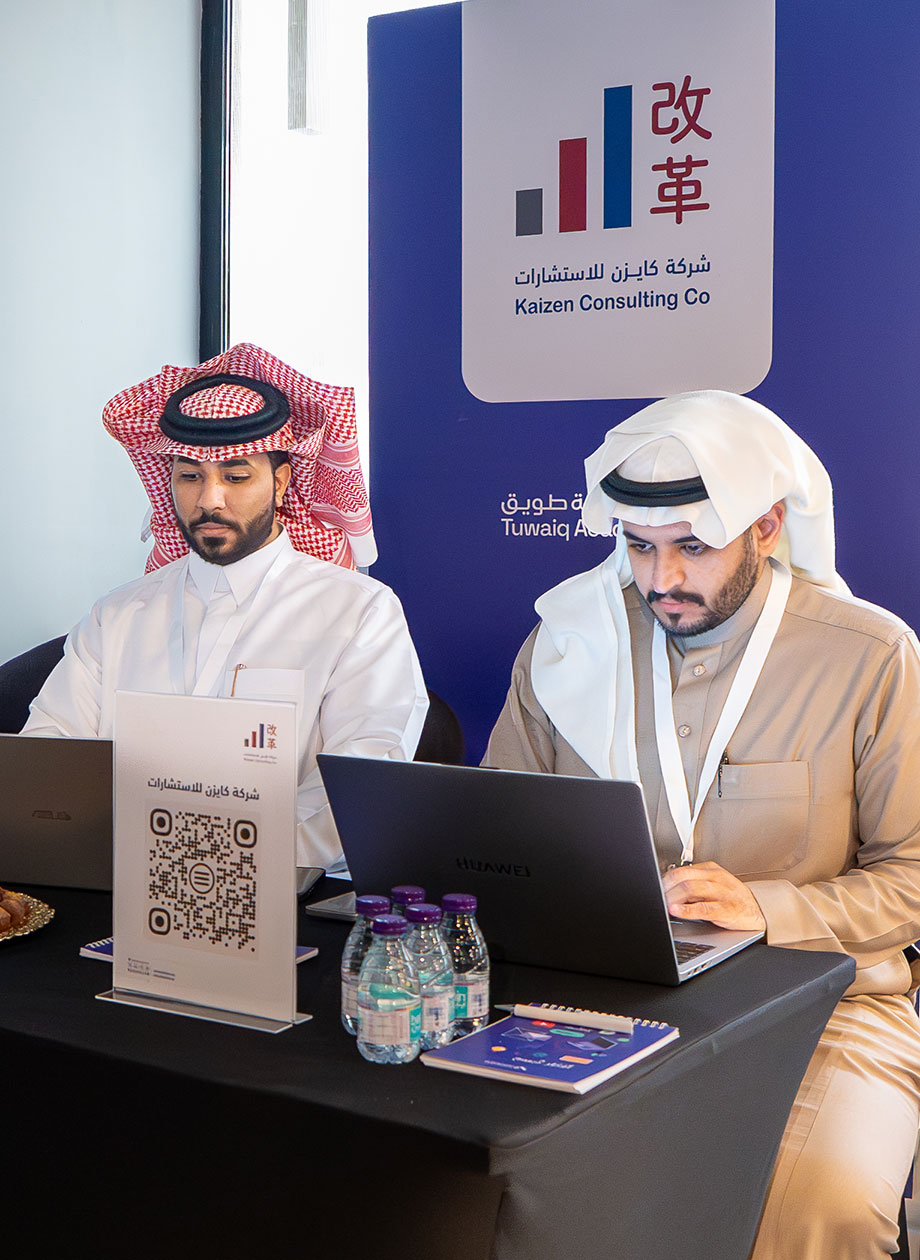
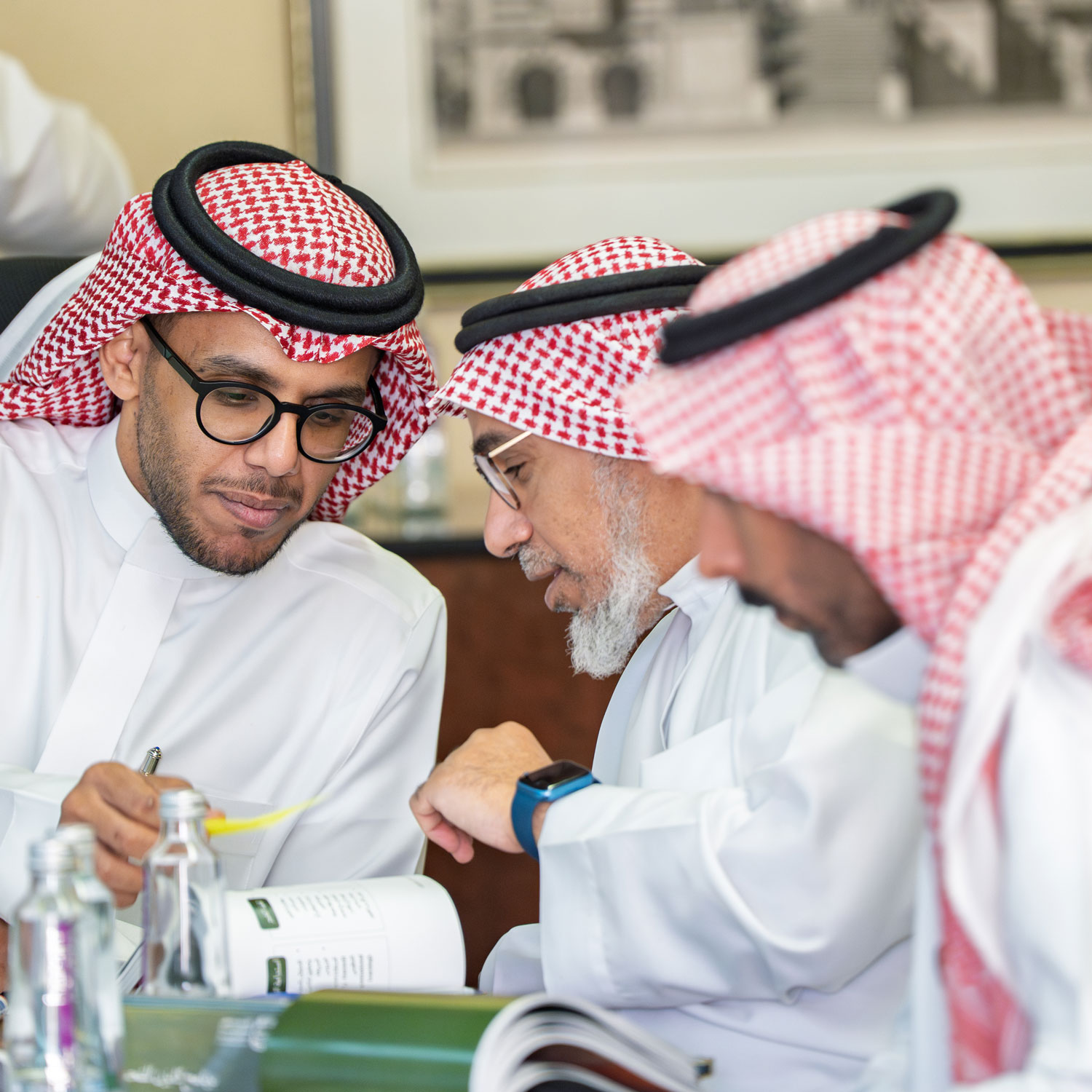
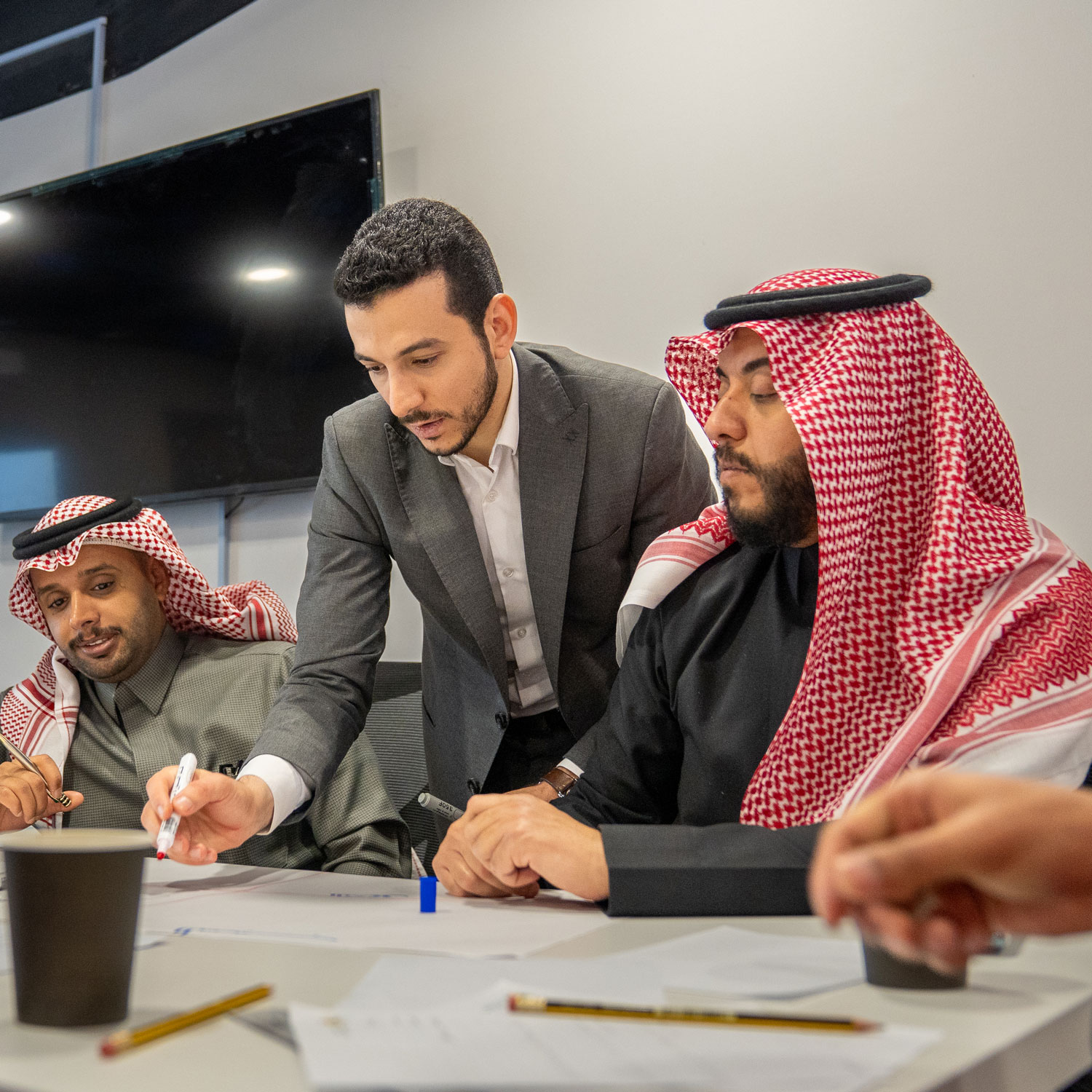
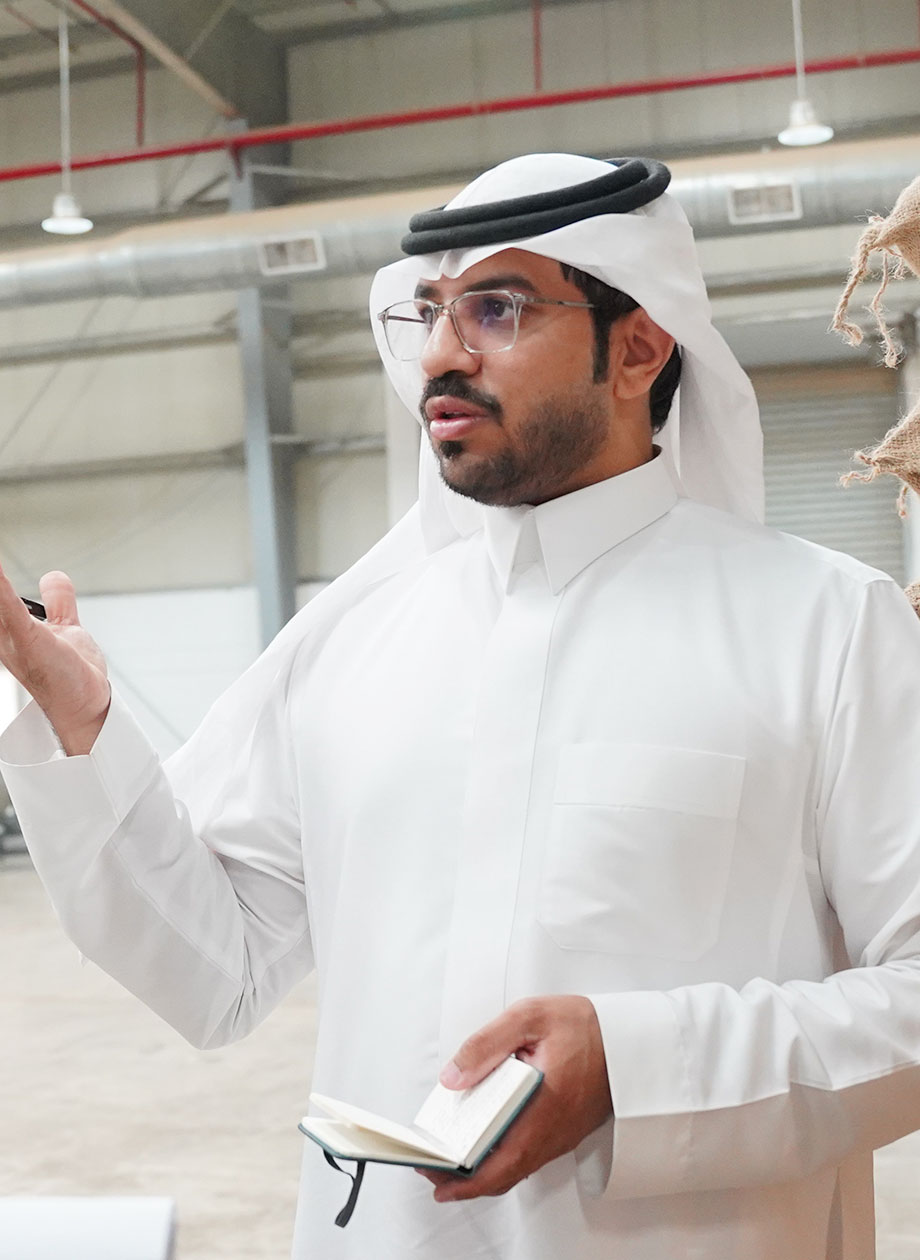
Excellence System
The Excellence pillar institutionalizes best practices and performance frameworks to ensure sustained success. It transforms excellence from an achievement into an organizational system, embedding quality, recognition, and sustainability across all operations.
Excellence aligns with Tier 2 (Organizational Transformation & Change) and Tier 3 (Institutional Excellence & Sustainability). It supports culture building, ISO and EFQM certifications, and award readiness programs, ensuring organizations operate according to world-class standards while achieving recognition and alignment with Vision 2030 and global sustainability goals.
Key tools include RADAR/ITQAN Scoring, ISO Audits, and Sustainability Tracking Frameworks. These ensure consistent measurement, validation, and improvement. Expected outcomes include achieving 2–3 international certifications, enhanced credibility, and a resilient excellence culture that sustains high performance and continuous innovation.
How KCIE™ Works End-to-End?
KCIE™ Success Model in Steps
Phase 0 — Mobilize & Charter
Goal: Establish project governance, define scope, and align stakeholders on objectives, roles, and success metrics.
Scope: This phase sets the foundation for KCIE™ implementation by forming the core team, defining governance structures, clarifying project scope and deliverables, and aligning all stakeholders on vision, outcomes, and timelines. A formal charter is developed to secure leadership commitment and resource allocation.
Exit-Gate: Project charter approved, governance structure established, and mobilization plan endorsed.
Phase 1 — Diagnose & Design
Goal: Assess the current state, identify performance gaps, and design the roadmap for transformation and excellence.
Scope: This phase involves conducting strategy readiness assessments, stakeholder analyses, and operational diagnostics to uncover strengths and improvement areas. It concludes with the co-creation of strategic frameworks, operating models, and an actionable transformation roadmap that aligns with organizational goals and Vision 2030.
Exit-Gate: Diagnostic report validated and transformation roadmap approved by leadership.
Phase 2 — Implement & Enable
Goal: Execute transformation initiatives, build organizational capabilities, and activate change and performance systems.
Scope: This phase operationalizes the designed roadmap through training programs, governance implementation, and performance management systems. It focuses on enabling people and processes through change management (ADKAR, D³ Change Model, leadership programs, and KPI dashboards, ensuring readiness and cultural alignment across all departments.
Exit-Gate: Transformation initiatives implemented, KPIs activated, and readiness verified.
Phase 3 — Validate & Recognize
Goal: Measure results, validate outcomes, and prepare for excellence recognition and certifications.
Scope: In this phase, process re-engineering, automation, and benchmarking tools are used to evaluate impact. Organizations prepare for EFQM, KAQA, and ISO certifications using RADAR/ITQAN/ISO assessments and external audits. Validation reports and award submissions confirm the maturity of systems and measurable improvement in performance.
Exit-Gate: Performance validated, certification audits completed, and recognition portfolio submitted.
Phase 4 — Sustain & Evolve
Goal: Institutionalize continuous improvement and sustain excellence through innovation and learning cycles.
Scope: The final phase ensures long-term sustainability through Kaizen reviews, feedback loops, and automation-driven optimization. It embeds a culture of continuous improvement, innovation, and excellence through ongoing benchmarking, RPA implementation, and design thinking initiatives that refine systems and maintain momentum.
Exit-Gate: Continuous improvement framework institutionalized, with periodic reviews and innovation cycles established.